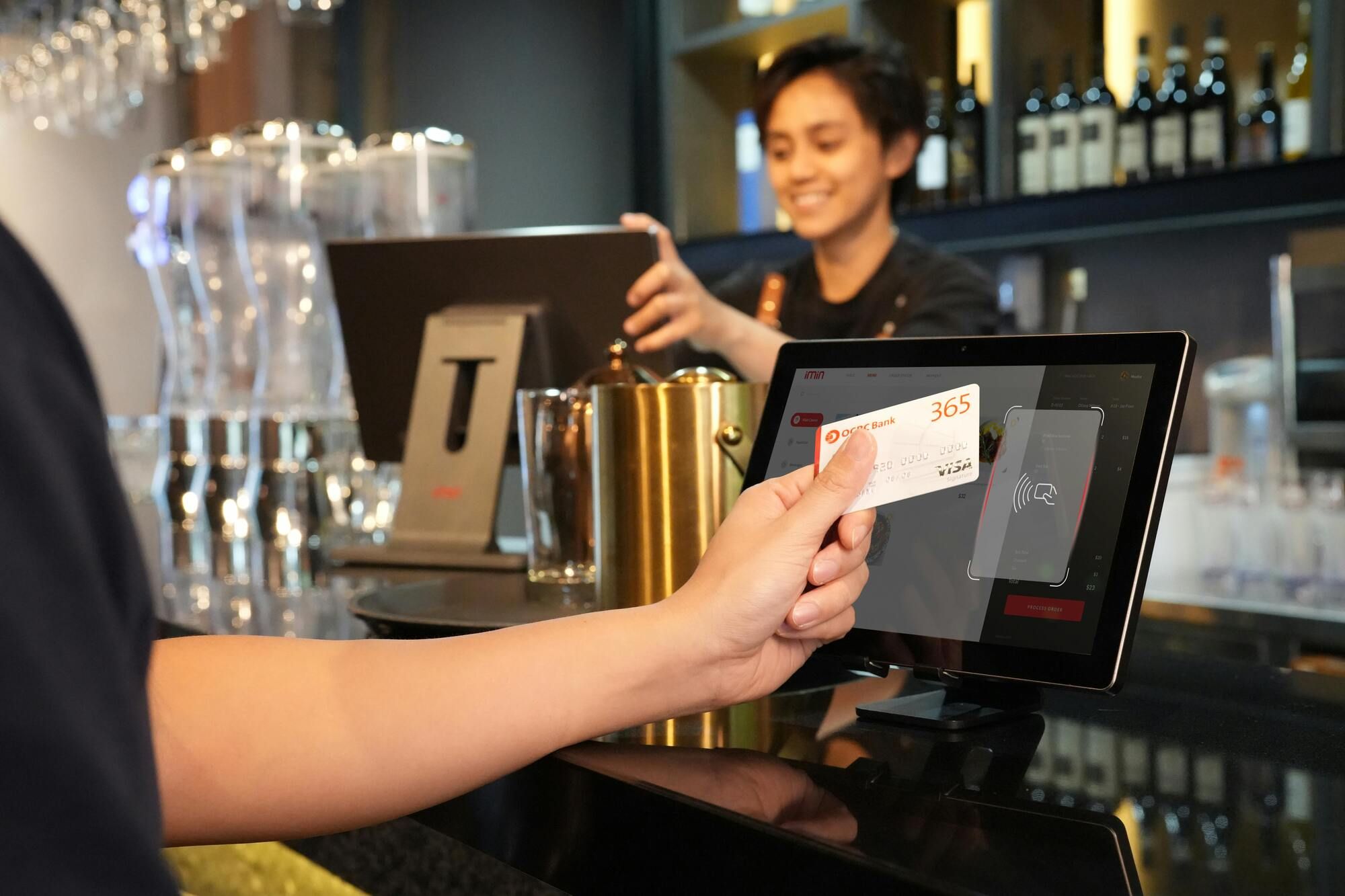
Digital and Eco Responsible
Digitalization should no longer be at odds with sustainability. At InnoSolutions, we believe it’s both possible and essential to build high-performance digital solutions while minimizing their carbon footprint. As a web and mobile development company, we actively implement eco-friendly practices through technology choices, cloud infrastructure, and strategic partnerships.




